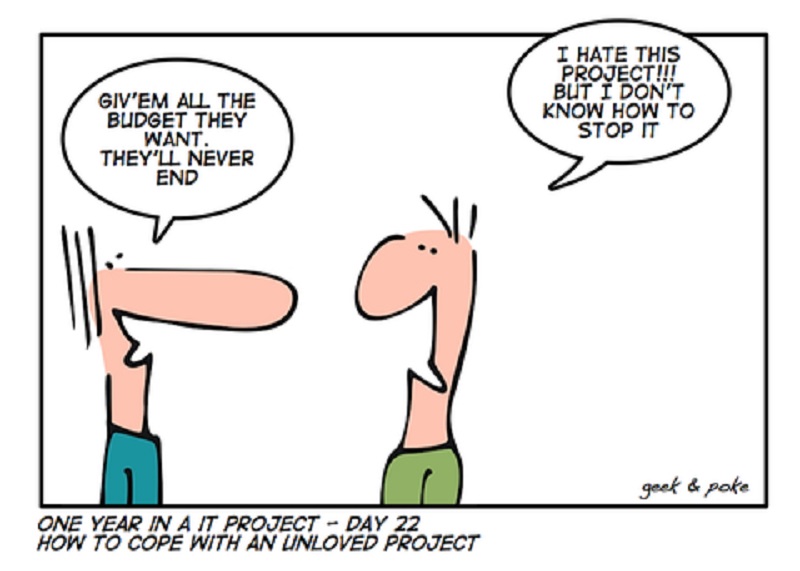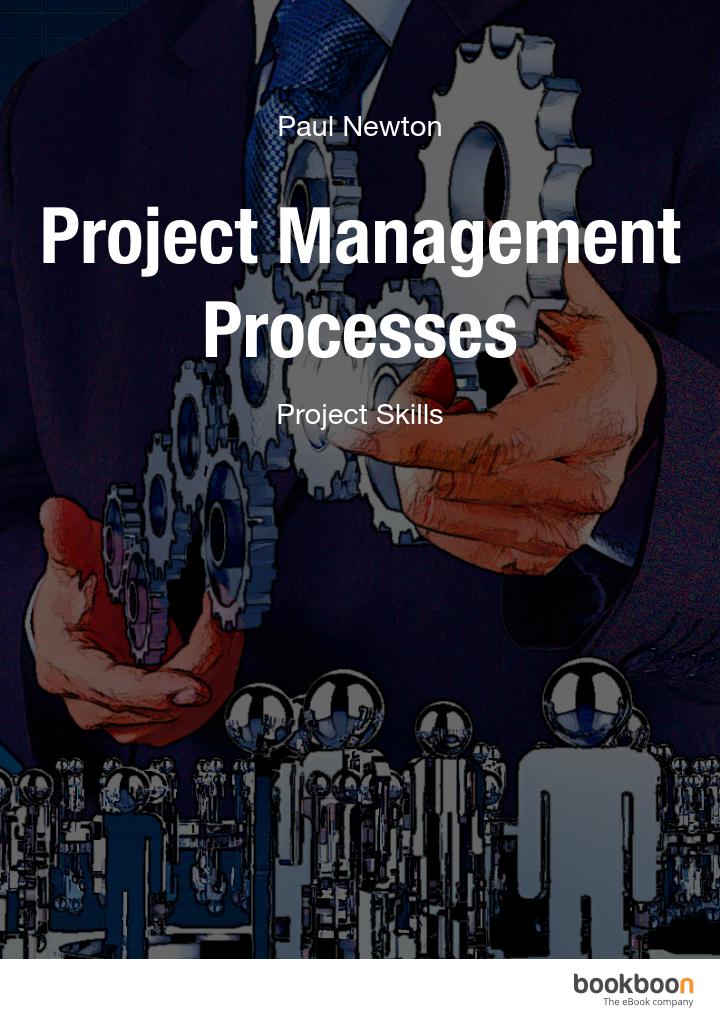Project Management: How to get your project started

When talking about project management there is a lot of talk about staying on schedule, the budget or how to be a good project manager. Here, however, we will discuss how to get your project started.
The most important question you should ask yourself when you start a project is “What is this project trying to achieve and why?” This question will help you to define the scope of a project and the desired outcome.
The first phase of a project is also called “Initiation Phase” in project management and the goal of this phase is to define the desired outcome which will be outlined in the “Project Charter” and the “Project Scope Statement”.
The Project Charter
The Project Charter is a document that should provide answers to the following questions:
- What is this project going to achieve?
- What is the business case for doing it?
- What is the time frame involved?
- Who is going to sponsor it?
- Who is going to manage it?
These are the most important question in the “Initiation Phase” which will be revised at the start of each following phase. The answers to these questions should be summarised in the Project Charter.
The most important function of this document is that it ensures that everyone involved is in agreement about what the project is going to deliver and that no one has any false expectations.
Don’t forget to define the roles and responsibilities of all the team members.
It is important to clearly define the outcome and expectations of the project in the initiation phase so that any misunderstandings about the goal of the projects can be clarified in advance.
For example,
A sponsor may think that the project will produce a working piece of software, while
the members of the project team think they are developing a prototype to prove that
the concept is feasible.
Remember, if the project does not begin with a clear idea of what it is setting out to achieve and why, then it will need to evolve these things as it progresses, which will always carry far more risk than doing it from the start.
Make sure goals are achievable, low goals can help to get a project started.
The Project Scope Statement
As well as the Project Charter it is a good idea to produce a Project Scope Statement.
The Project Scope Statement details the project deliverables and describes the major objectives, including measurable success criteria for the project. A scope statement should be written before the statement of work and it should capture, in very broad terms, the product of the project.
For example,
‘Developing a software-based system to capture and track customer orders.’ It also
specifies who is going to use the product and gives an estimate of the anticipated cost.
A scope statement is an agreement that defines the work of the project and the customer’s business objectives. It can help you identify changes in scope after the project has started and help you plan for any modifications or adjustments that might be needed as it progresses.
The first draft of this document/statement is referred to as a baseline scope statement and should detail:
- Project owner, sponsors, and stakeholders
- Project goals and objectives
- Project requirements
- Project deliverables
- What is out of scope
- Milestones
- Cost estimates
Remember, defining the scope of a project is absolutely critical in project management because of the impact it has on time, cost, and quality. Consequently, it must be specified as early as possible even though this will be subject to agreed changes later on.
If you would like to read more about how to launch a project, have a look at “Project Launch Stage: How to get a project properly running.”





